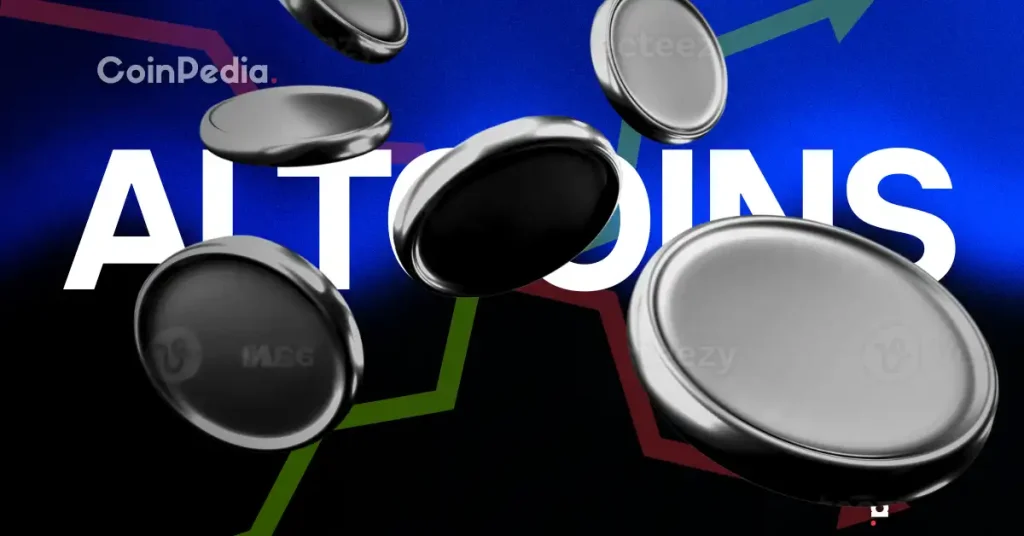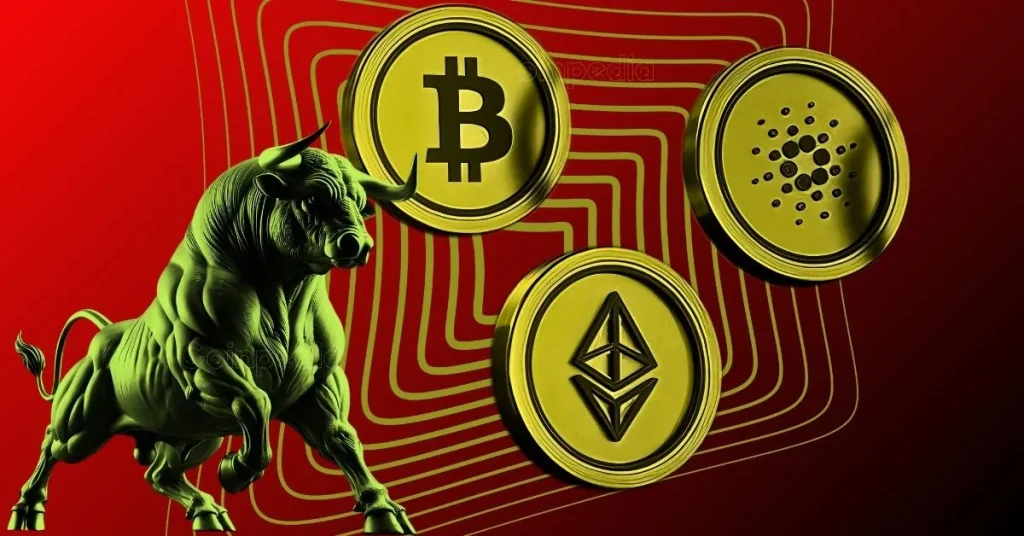In the early hours today, Ethereum’s Layer 2 network, Starknet, experienced a significant disruption that temporarily halted block production. After about two and a half hours, the implementation of updates allowed operations to resume, restoring usual services for most Remote Procedure Call (RPC) providers. Observations from the blockchain explorer confirmed the revival of activity across the network.
What Caused the Starknet Shutdown?
During this shutdown, Starknet’s entire blockchain ceased its operations. The Starknet team issued a statement on social platform X, acknowledging the occurrence of a temporary malfunction. To manage the situation, developers restructured the blockchain, adjusting an hour’s worth of transaction history beginning from block number 1,960,612.
Transactions sent between 05:23 and 07:36 were unfortunately not recorded, and users were advised to resend the skipped transactions. An inquiry into the cause or causes of this incident has been set in motion, and a comprehensive report has been promised by the Starknet team.
Has Starknet Faced Similar Issues Before?
Yes, Starknet, which utilizes zero-knowledge proofs as a Layer 2 network, has faced occasional outages in the past. This network technique, which aggregates transactions off-chain and sends cryptographic proofs to Ethereum, helps in minimizing costs while maintaining security standards. Earlier this year, in April, a similar mishap led to a four-hour downtime.
Despite these setbacks, Starknet has shown a steadfast commitment to rectifying network vulnerabilities. Its ability to quickly recover from disturbances underscores the network’s resilience and reliability.
Key conclusions from the recent event are:
- The need for efficient malfunction identification and resolution.
- Importance of investing in network security to prevent future disruptions.
- Continuing transparency with users builds trust post-incident.
Starknet’s recent network hiccup, while concerning, highlighted the proactive measures and swift actions taken by the team. Their unwavering efforts to address technical challenges are essential for maintaining user trust and enhancing network performance.
Disclaimer: The information contained in this article does not constitute investment advice. Investors should be aware that cryptocurrencies carry high volatility and therefore risk, and should conduct their own research.
















 English (US)
English (US)